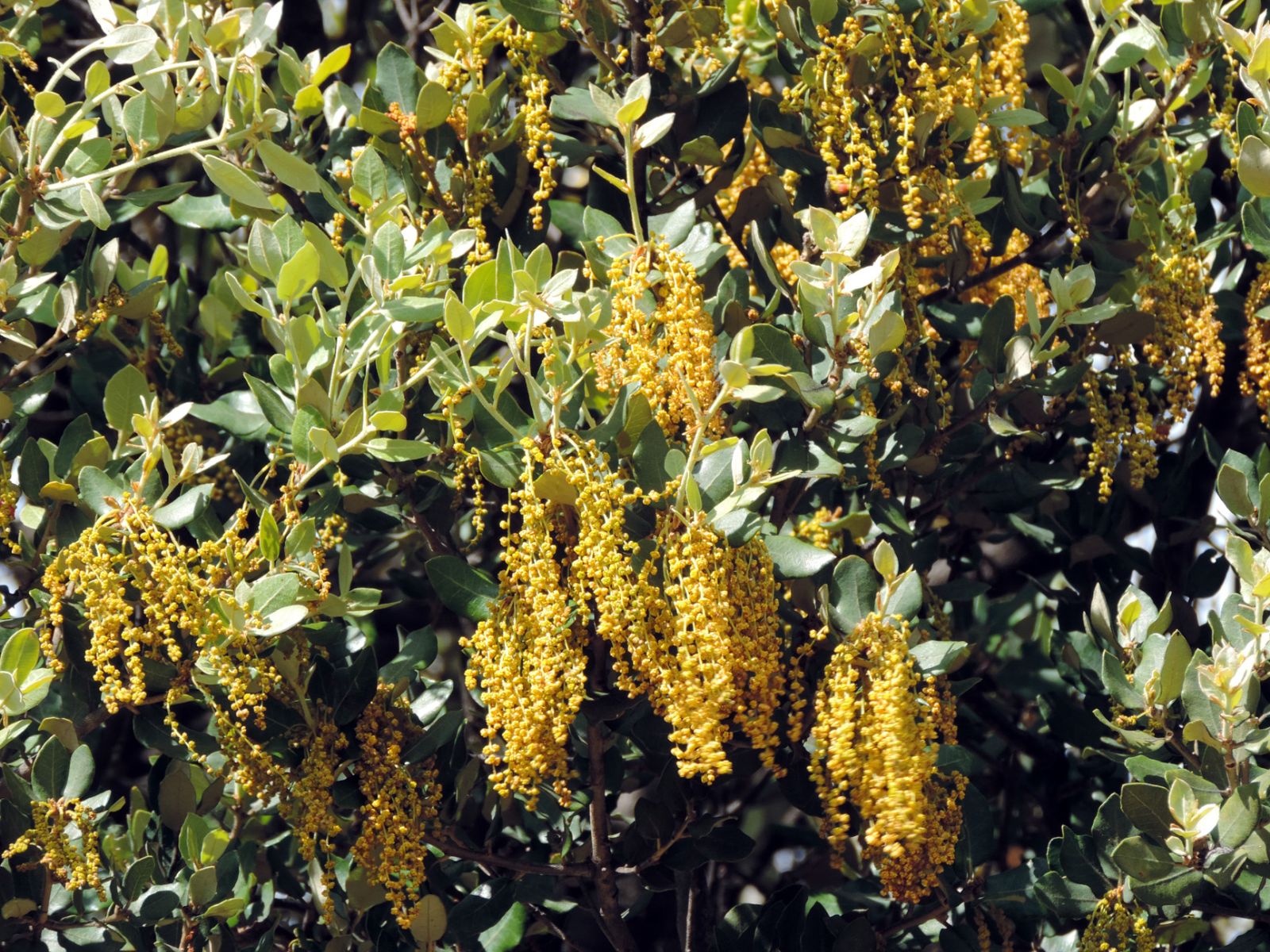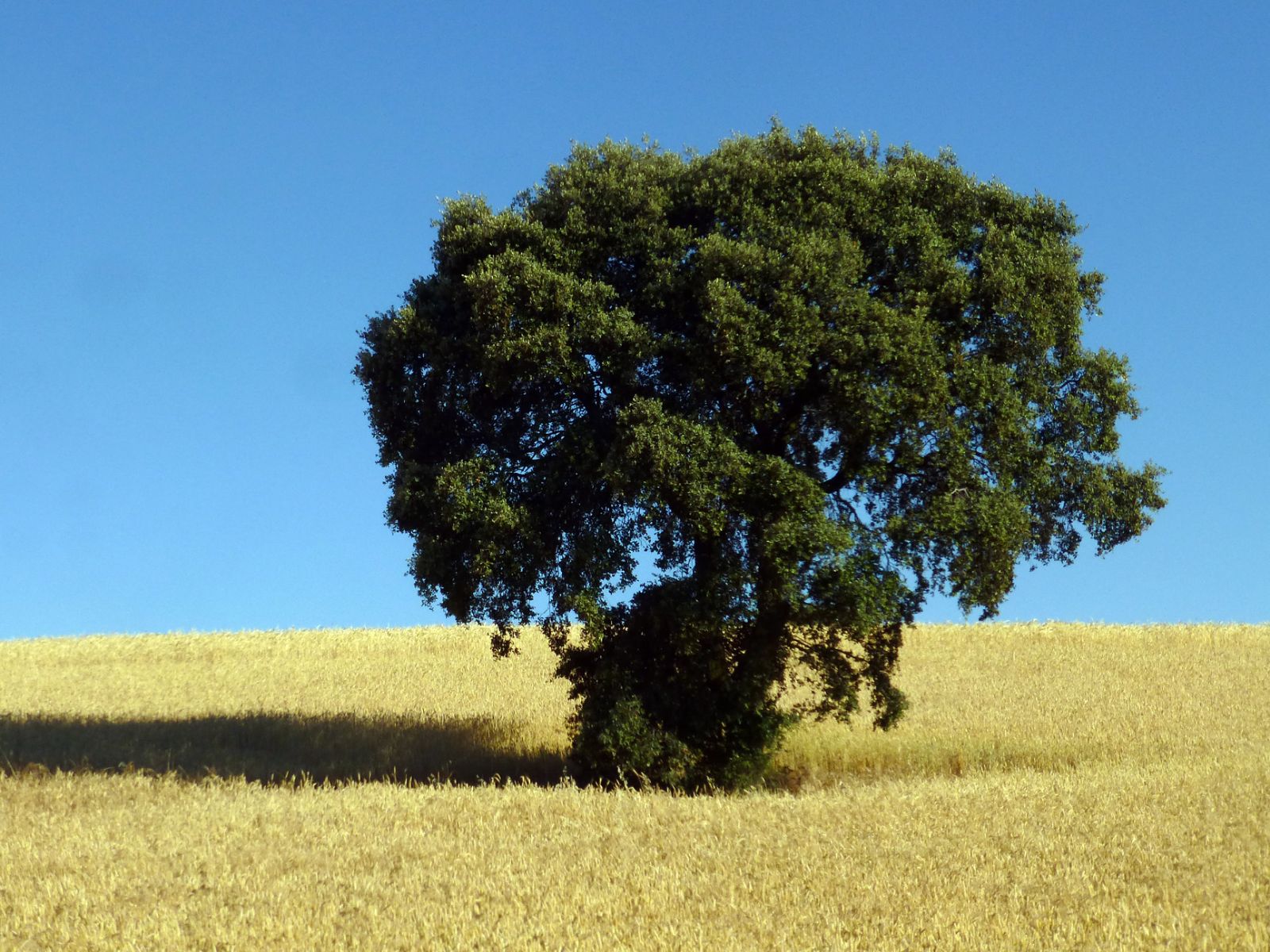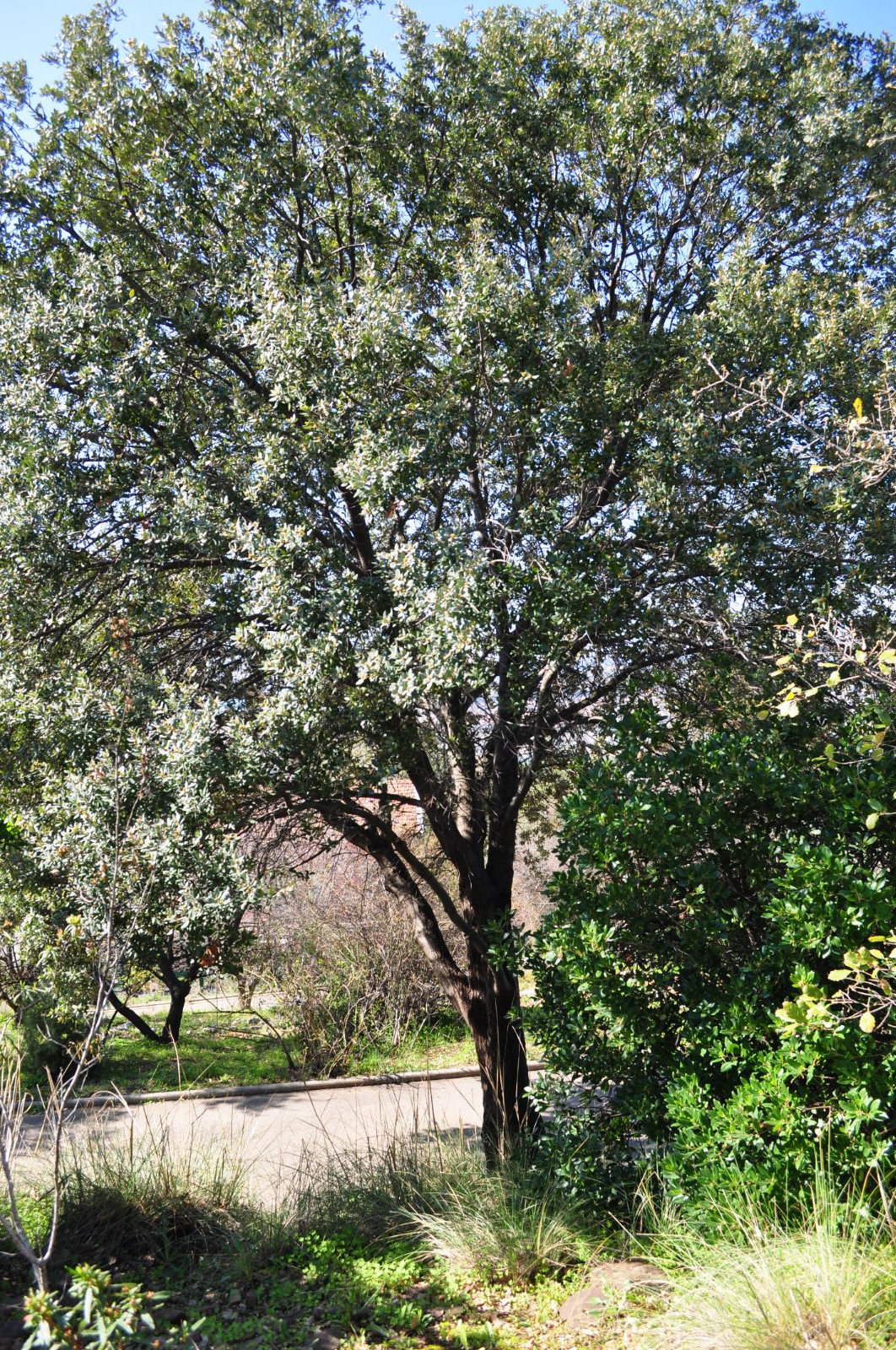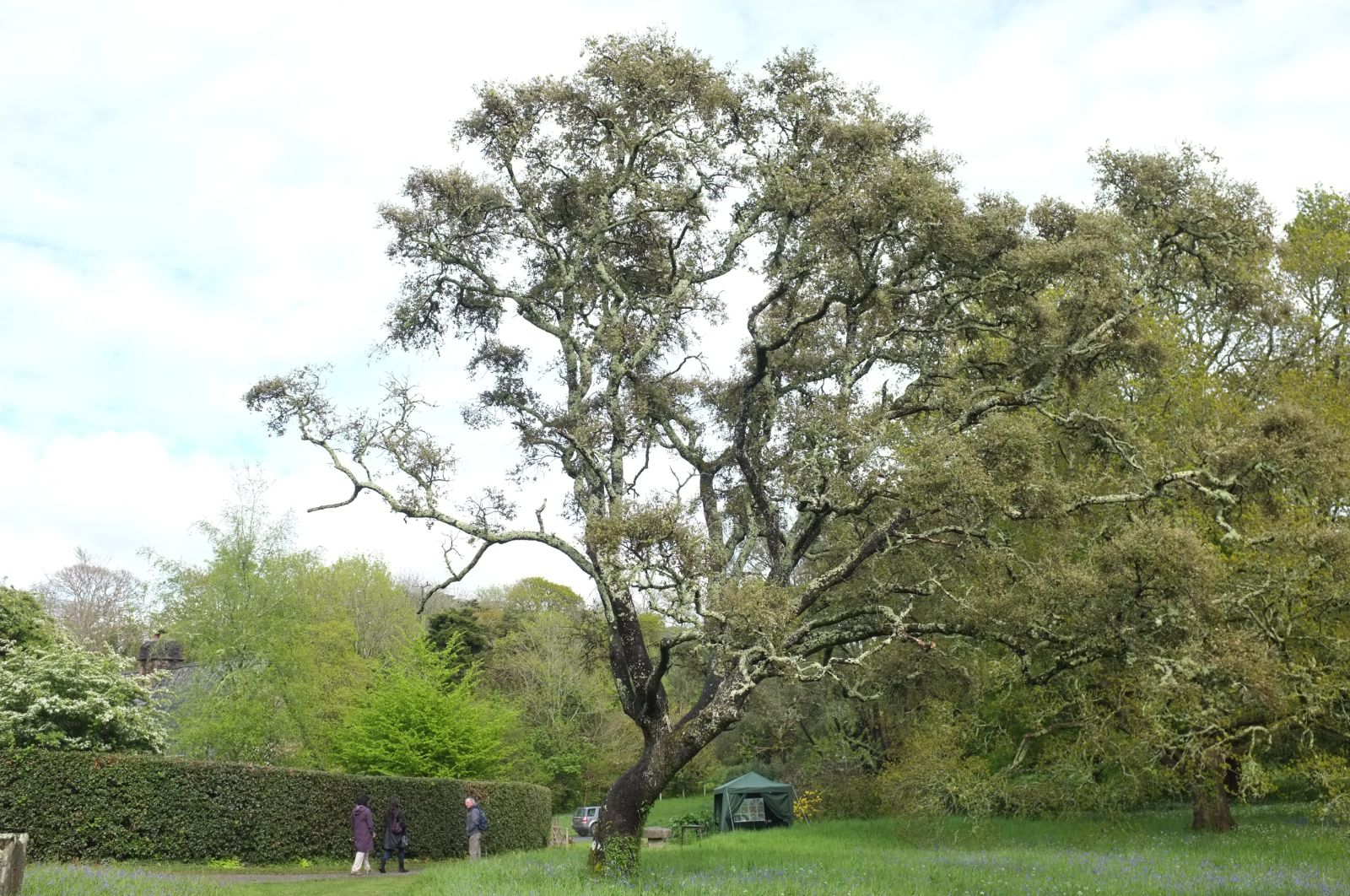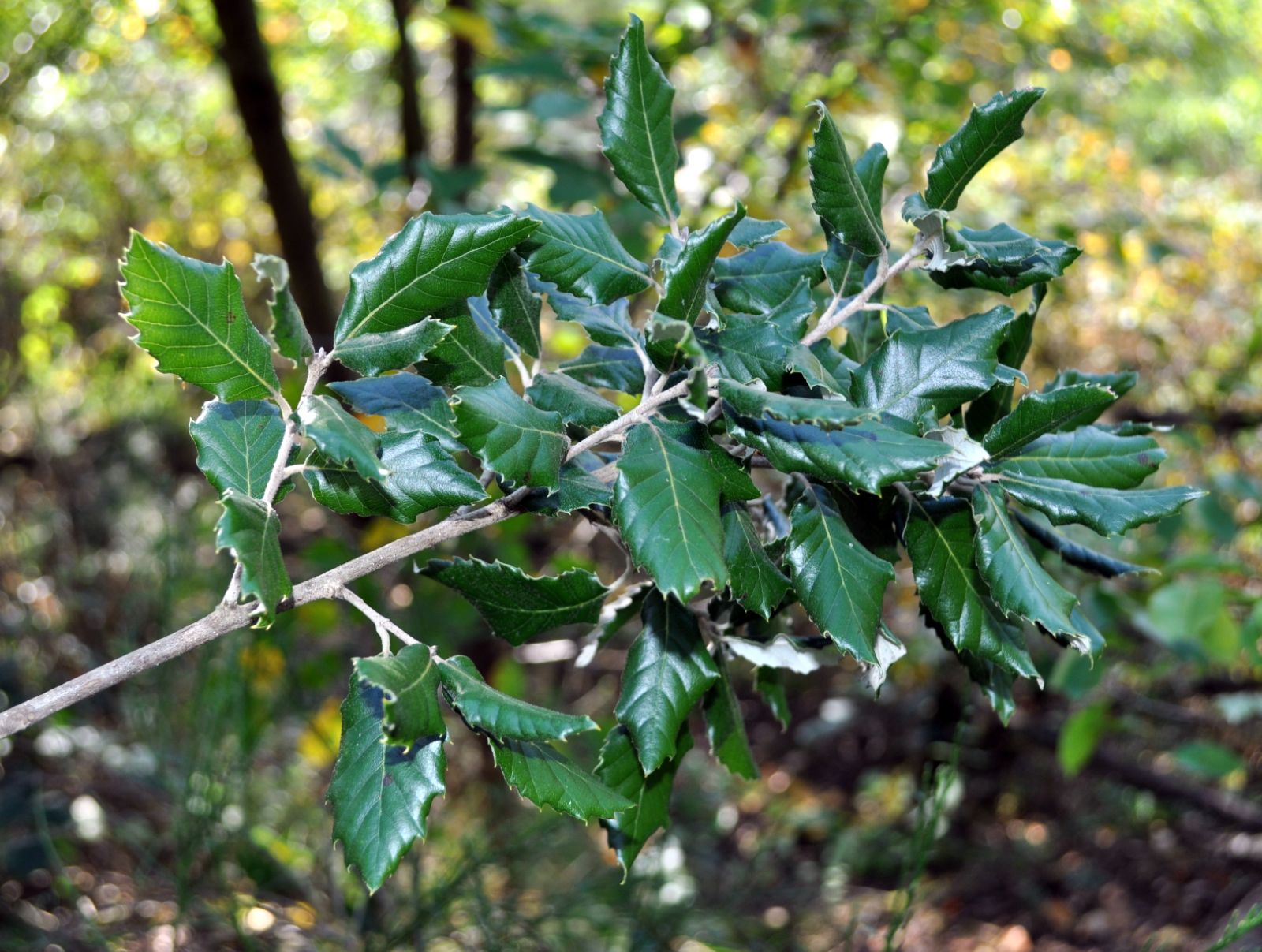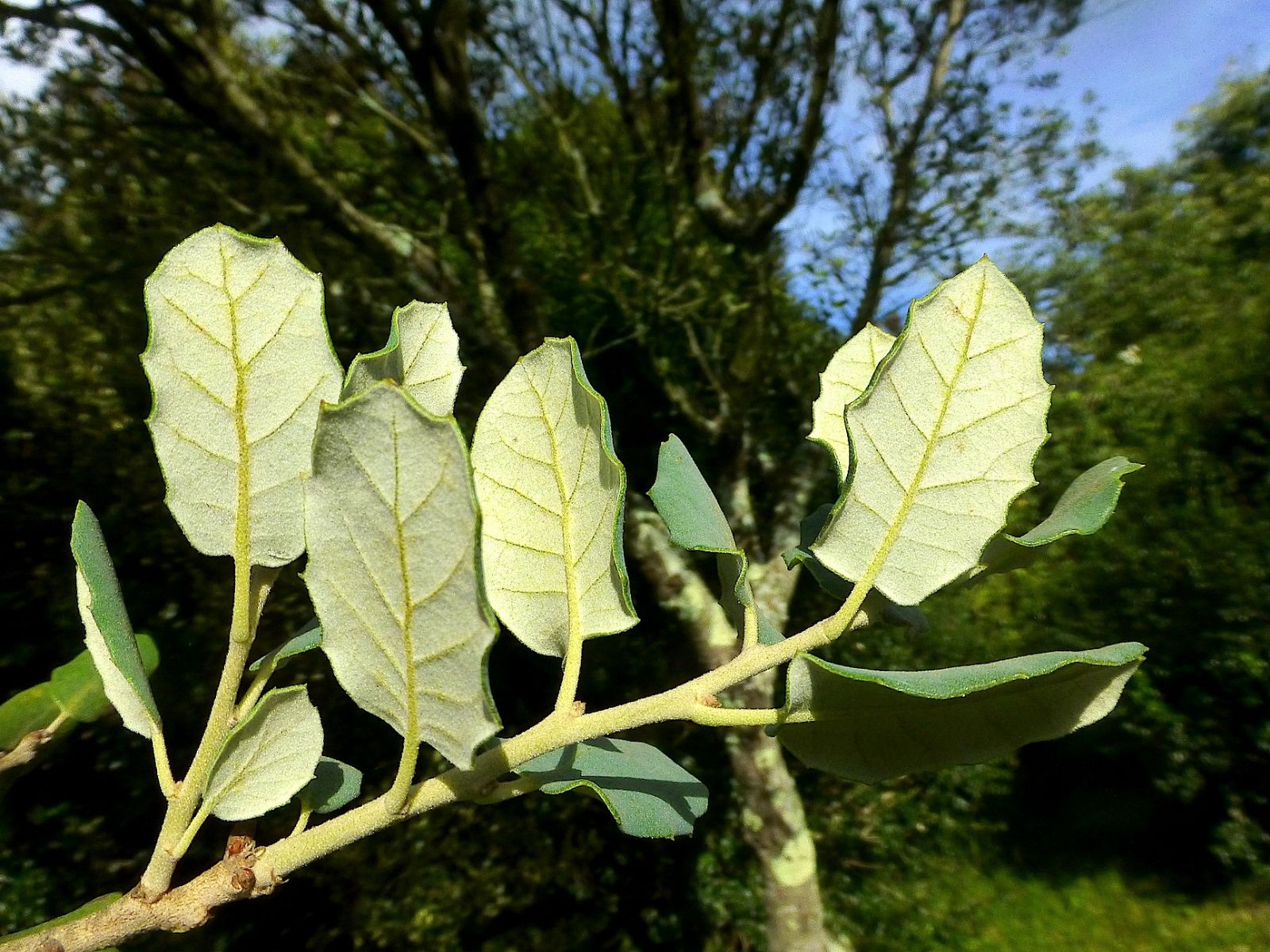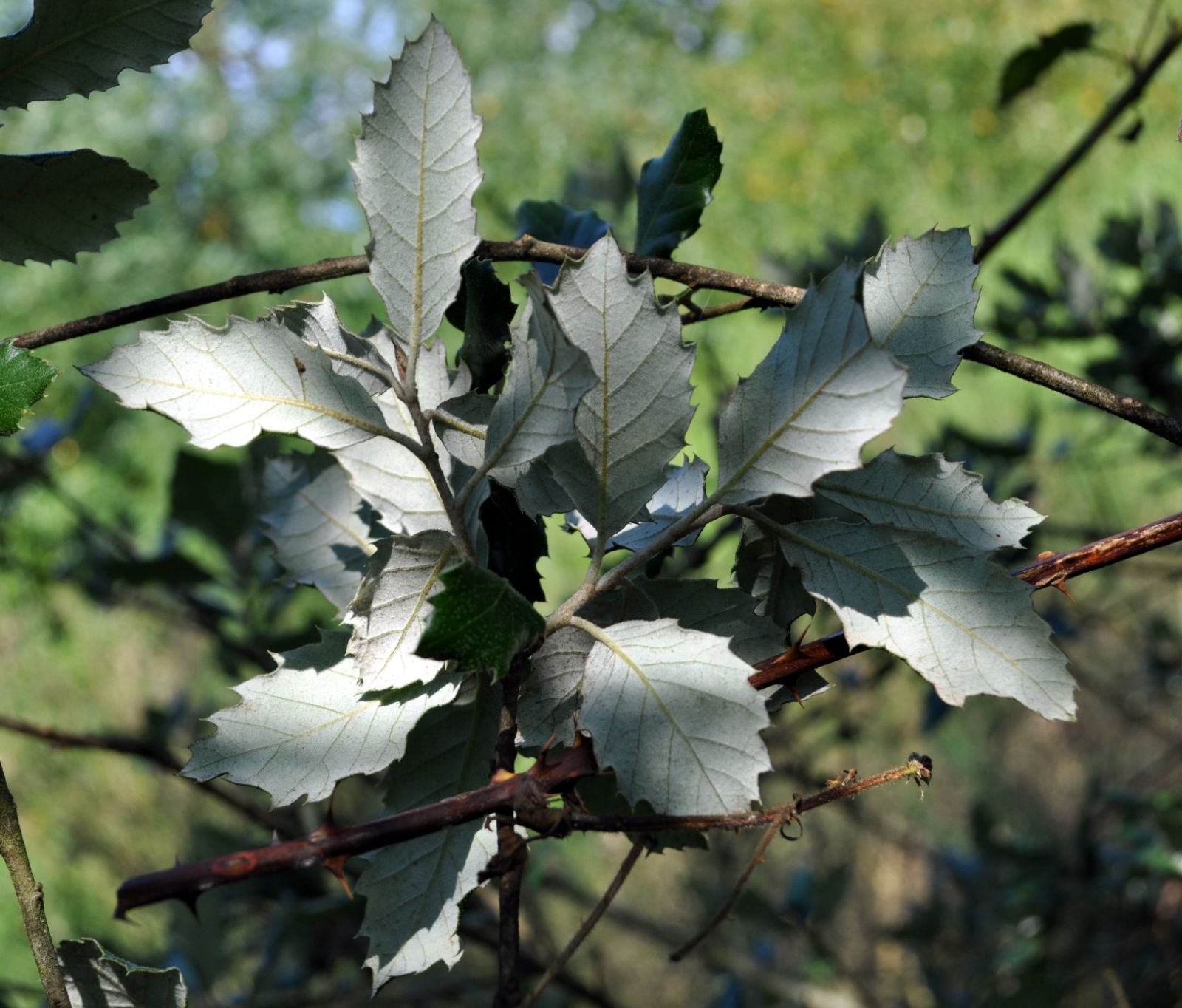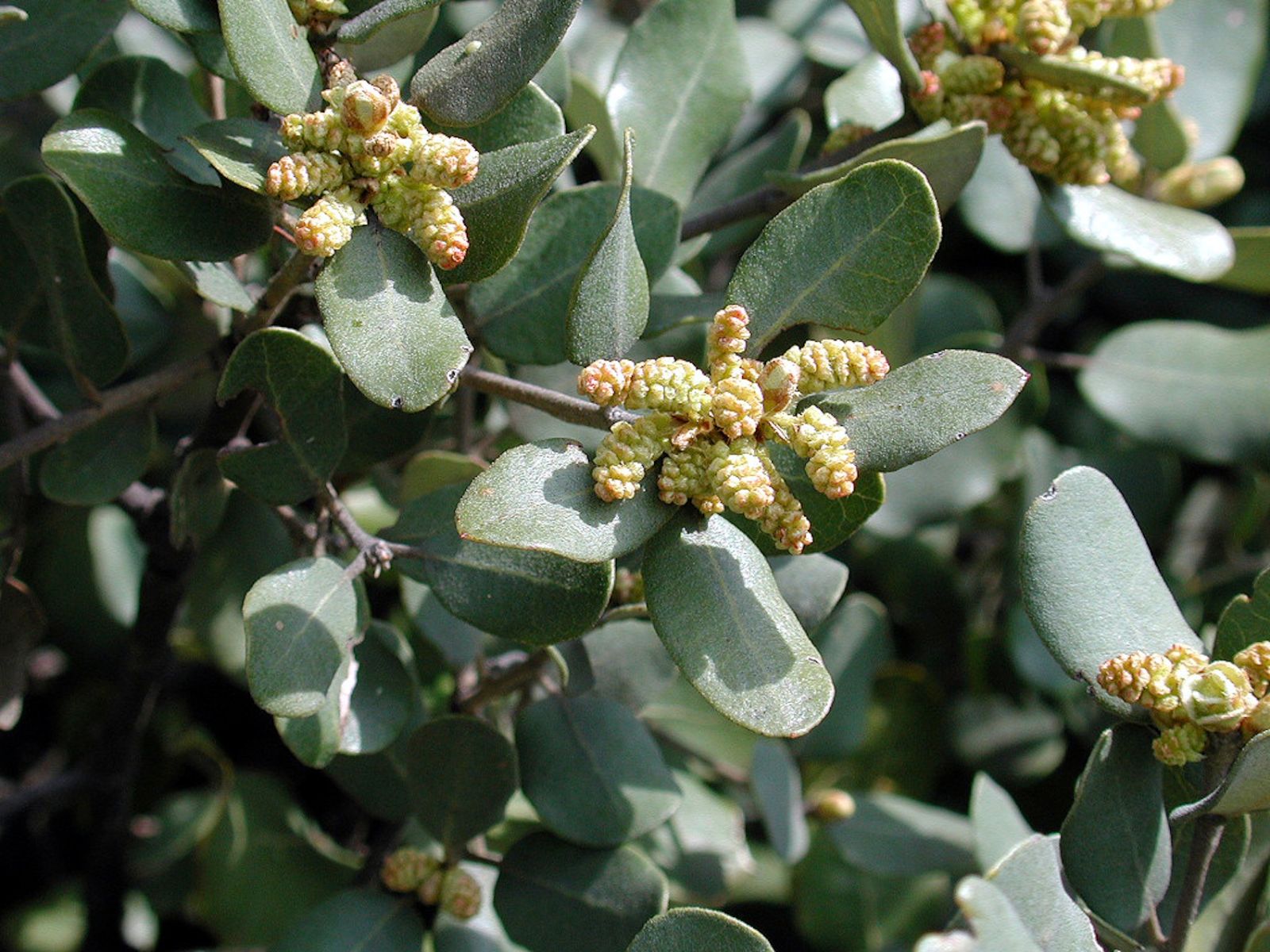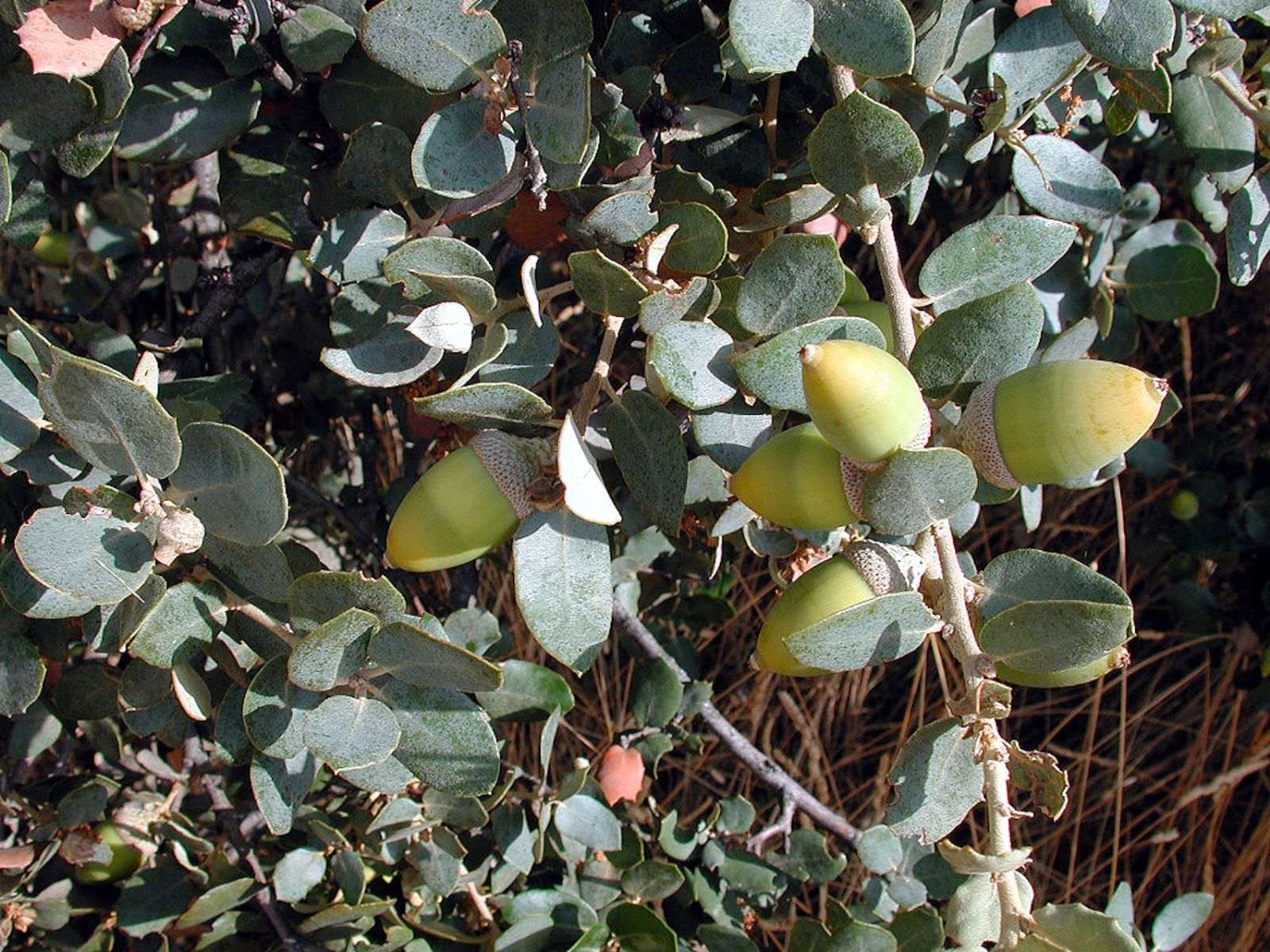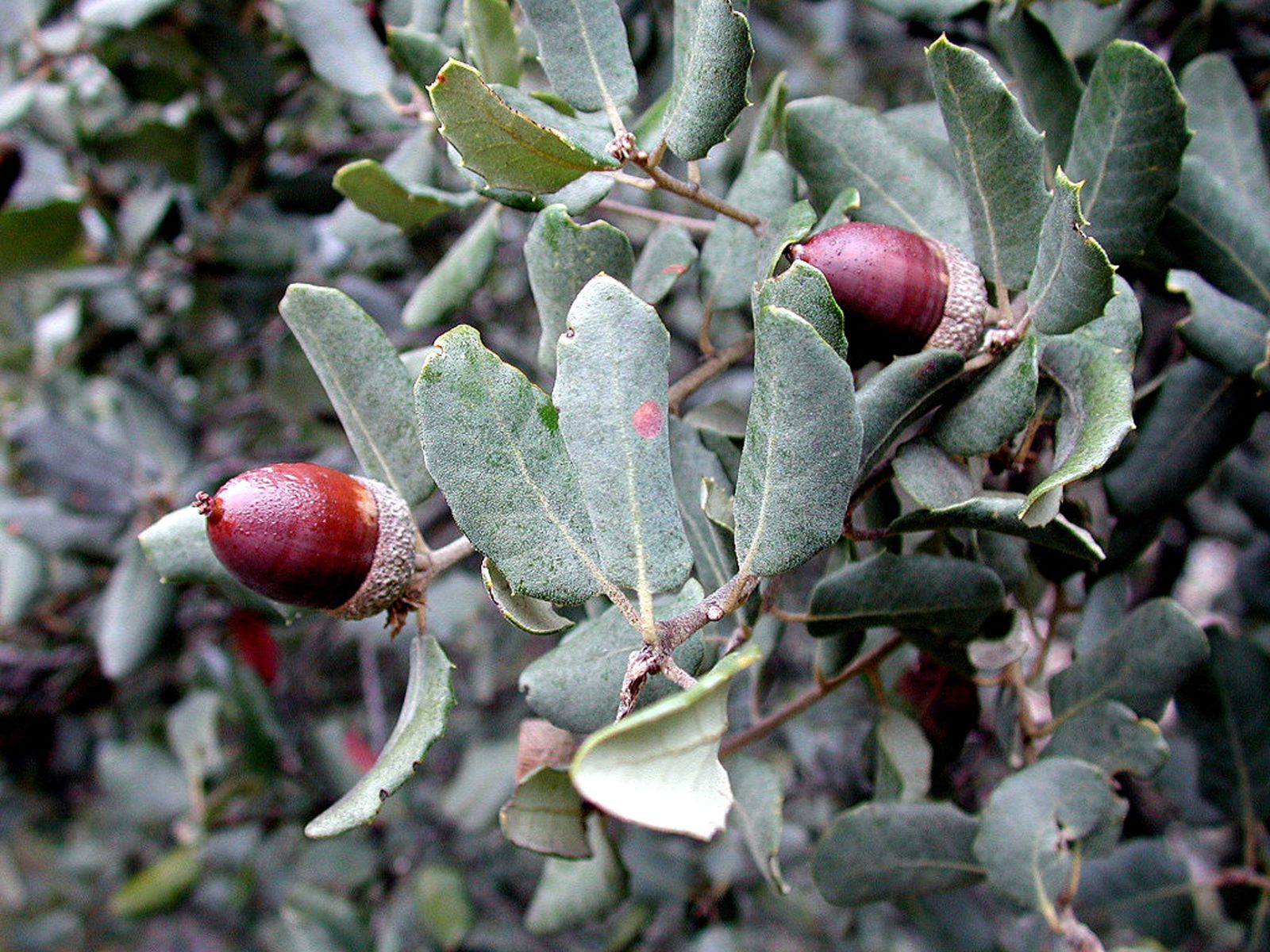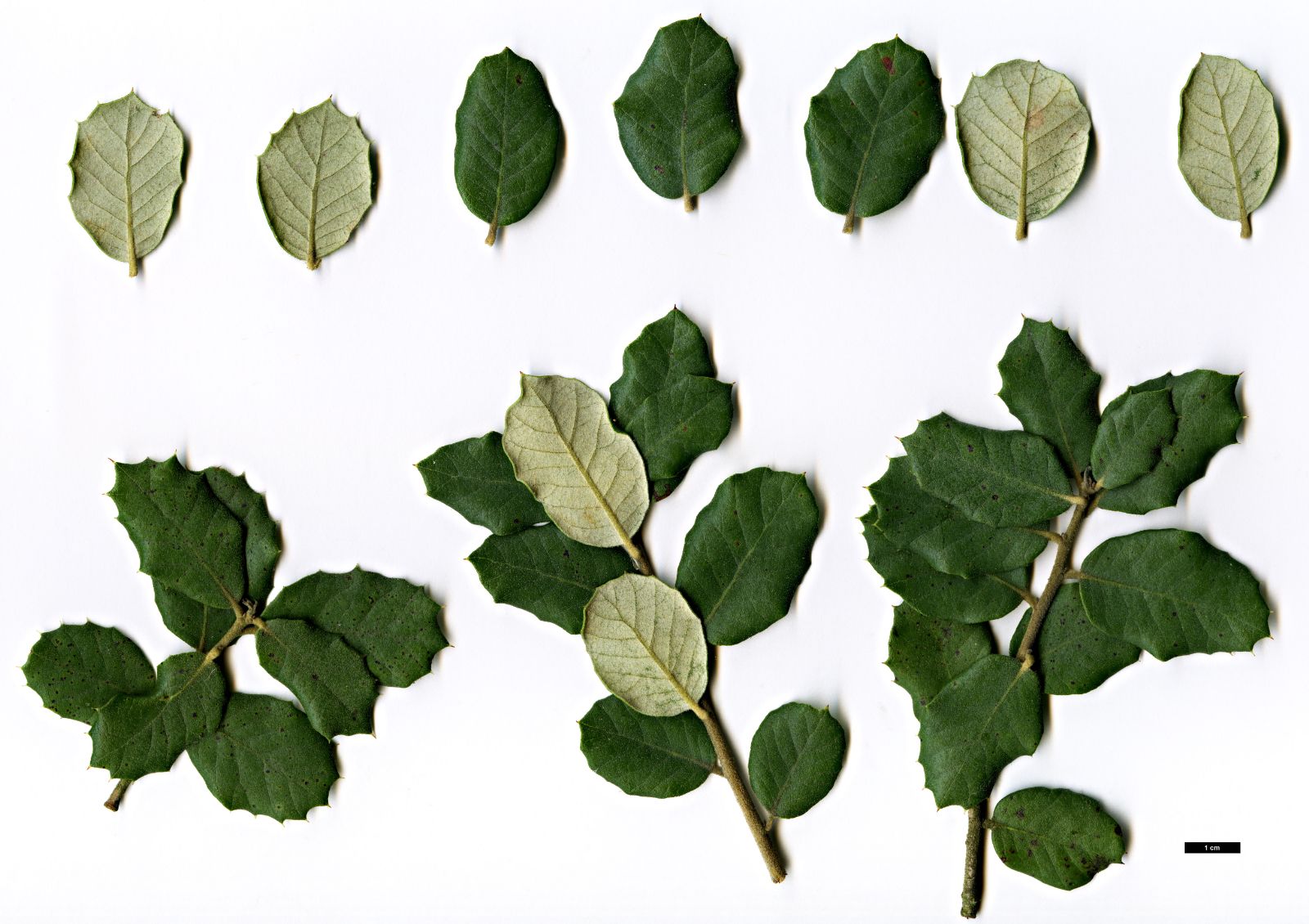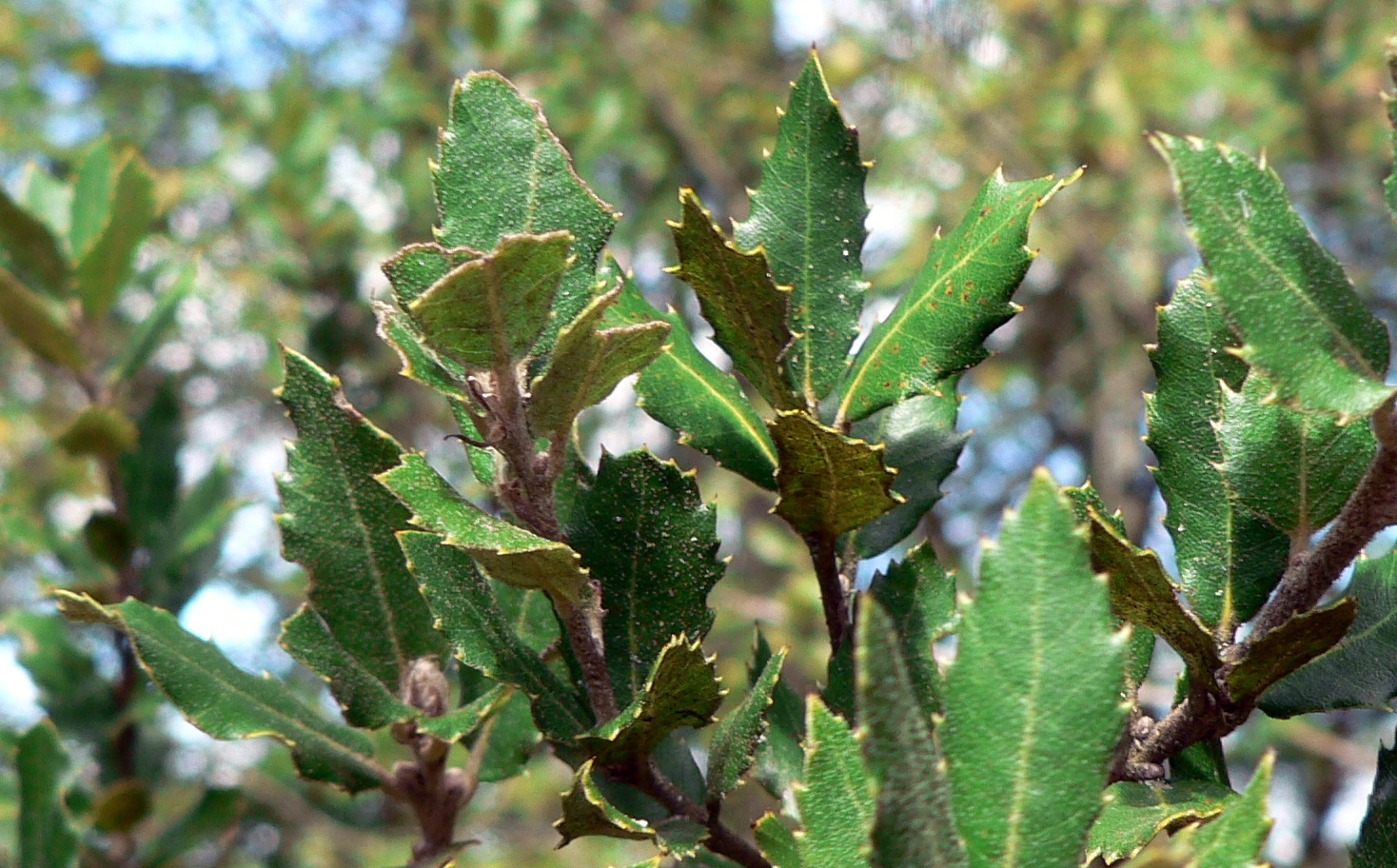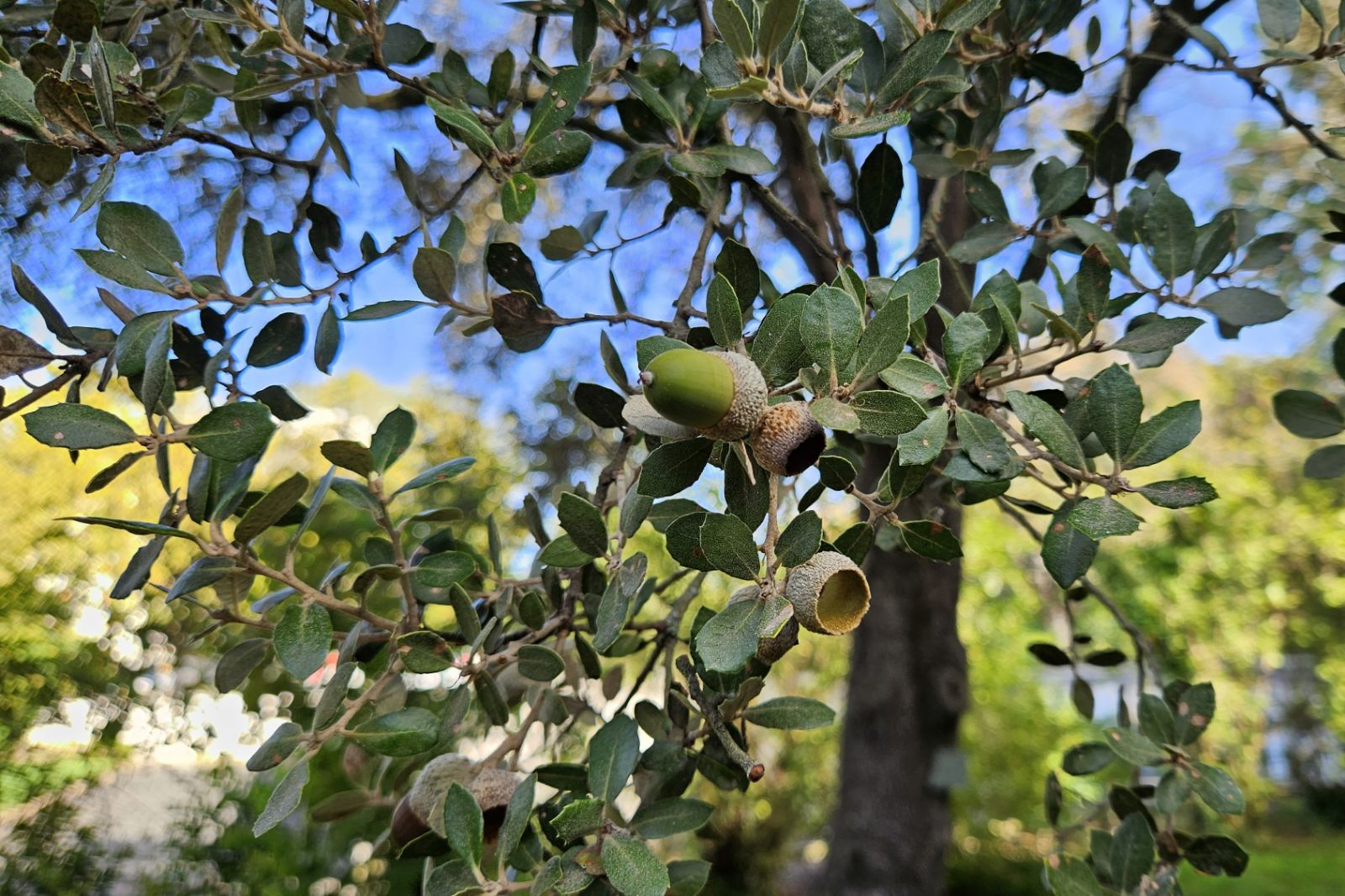Quercus rotundifolia
Sponsor
Kindly sponsored by
The Trees and Shrubs Online Oak Consortium
Credits
Allen Coombes & Roderick Cameron (2021)
Recommended citation
Coombes, A. & Cameron, R. (2021), 'Quercus rotundifolia' from the website Trees and Shrubs Online (treesandshrubsonline.
Genus
- Quercus
- Subgen. Cerris, Sect. Ilex
Synonyms
- Quercus ilex var. ballota (Desf.) A.DC.
- Quercus ilex var. rotundifolia (Lam.) Trab.
- Quercus ballota Desf.
Infraspecifics
Other taxa in genus
- Quercus acerifolia
- Quercus acherdophylla
- Quercus acrodonta
- Quercus acuta
- Quercus acutifolia
- Quercus acutissima
- Quercus afares
- Quercus affinis
- Quercus agrifolia
- Quercus alba
- Quercus aliena
- Quercus alnifolia
- Quercus aquifolioides
- Quercus arizonica
- Quercus arkansana
- Quercus aucheri
- Quercus augustini
- Quercus austrina
- Quercus × auzendei
- Quercus baloot
- Quercus bambusifolia
- Quercus baronii
- Quercus bicolor
- Quercus brantii
- Quercus buckleyi
- Quercus canariensis
- Quercus canbyi
- Quercus candicans
- Quercus castanea
- Quercus castaneifolia
- Quercus cerris
- Quercus chenii
- Quercus chrysolepis
- Quercus coccifera
- Quercus cocciferoides
- Quercus coccinea
- Quercus conspersa
- Quercus crassifolia
- Quercus crassipes
- Quercus delavayi
- Quercus dentata
- Quercus deserticola
- Quercus dolicholepis
- Quercus douglasii
- Quercus dumosa
- Quercus durifolia
- Quercus eduardii
- Quercus ellipsoidalis
- Quercus emoryi
- Quercus engelmannii
- Quercus engleriana
- Quercus euboica
- Quercus eugeniifolia
- Quercus fabri
- Quercus faginea
- Quercus falcata
- Quercus floribunda
- Quercus frainetto
- Quercus franchetii
- Quercus fruticosa
- Quercus fusiformis
- Quercus gambelii
- Quercus garryana
- Quercus geminata
- Quercus georgiana
- Quercus germana
- Quercus gilliana
- Quercus gilva
- Quercus glabrescens
- Quercus glauca
- Quercus graciliformis
- Quercus gravesii
- Quercus griffithii
- Quercus grisea
- Quercus guyavifolia
- Quercus hartwissiana
- Quercus hemisphaerica
- Quercus × hispanica
- Quercus hondae
- Quercus hypargyrea
- Quercus hypoleucoides
- Quercus ilex
- Quercus ilicifolia
- Quercus imbricaria
- Quercus incana
- Quercus infectoria
- Quercus insignis
- Quercus ithaburensis
- Quercus kelloggii
- Quercus × kewensis
- Quercus kiukiangensis
- Quercus laceyi
- Quercus laevis
- Quercus lamellosa
- Quercus lanata
- Quercus lancifolia
- Quercus laurifolia
- Quercus laurina
- Quercus × leana
- Quercus leucotrichophora
- Quercus × libanerris
- Quercus libani
- Quercus lobata
- Quercus lobbii
- Quercus lodicosa
- Quercus longinux
- Quercus longispica
- Quercus look
- Quercus × ludoviciana
- Quercus macranthera
- Quercus macrocalyx
- Quercus macrocarpa
- Quercus macrolepis
- Quercus marilandica
- Quercus mexicana
- Quercus michauxii
- Quercus mongolica
- Quercus monimotricha
- Quercus montana
- Quercus morii
- Quercus muehlenbergii
- Quercus myrsinifolia
- Quercus myrtifolia
- Quercus nigra
- Quercus × numidica
- Quercus oblongifolia
- Quercus obtusata
- Quercus oglethorpensis
- Quercus oxyodon
- Quercus pagoda
- Quercus palmeri
- Quercus palustris
- Quercus pannosa
- Quercus parvula
- Quercus petraea
- Quercus phellos
- Quercus phillyreoides
- Quercus planipocula
- Quercus poilanei
- Quercus polymorpha
- Quercus pontica
- Quercus prinoides
- Quercus pubescens
- Quercus pyrenaica
- Quercus rehderiana
- Quercus reticulata
- Quercus robur
- Quercus rubra
- Quercus rugosa
- Quercus rysophylla
- Quercus sadleriana
- Quercus salicina
- Quercus sartorii
- Quercus × schneideri
- Quercus schottkyana
- Quercus semecarpifolia
- Quercus senescens
- Quercus serrata
- Quercus sessilifolia
- Quercus setulosa
- Quercus shumardii
- Quercus sinuata
- Quercus spinosa
- Quercus stellata
- Quercus stenophylloides
- Quercus suber
- Quercus subspathulata
- Quercus tarokoensis
- Quercus tatakaensis
- Quercus texana
- Quercus tomentella
- Quercus trojana
- Quercus tungmaiensis
- Quercus turbinella
- Quercus × turneri
- Quercus undulata
- Quercus utahensis
- Quercus utilis
- Quercus uxoris
- Quercus variabilis
- Quercus velutina
- Quercus virginiana
- Quercus vulcanica
- Quercus warburgii
- Quercus wislizenii
- Quercus xalapensis
Evergreen shrub or small tree, 8–12 m tall, occasionally reaching 15 m, with a broad, rounded, dense crown. Bark similar to Q. ilex: thick, tough, greenish-dun, or blackish, shallowly cracked into small, square thin plates. Twigs emerge covered in dense, grey, silvery pubescence, becoming grey the following year, finally brown when hairs fall. Leaves rounded, ovoid, or oblong, sometimes elliptic or lanceolate, 1.2–6.5 cm long × 1–2.5 cm wide, base rounded, apex also rounded or very obtuse, ending in a small mucro. Leaf margin slightly pubescent (glabrous in Q. ilex), often entire or barely dentate (5–6 pairs of teeth). Leaves on juvenile shoots often have spiny teeth while adult ones tend to be entire but for the terminal mucro. Leaves emerge covered in dense greyish white tomentum. Upper surface pubescent, dark green, or greyish green, glabrescent. Undersides retain tomentum, which sometimes turns blueish grey. Leaf veins tend to number 4–8, sometimes 9 (i.e. usually fewer than Q. ilex which has 7–12). Petiole 0.2–1.2 cm, covered in greyish tomentum. Acorn cup 0.9–1.4 × 1.4–2 cm, covering a third to a half of the nut (rarely three quarters), scales imbricate, short. Acorns cylindrical or conical, 4–5 cm long × 1–2 cm wide, borne singly or in pairs on a stalk 1–2 cm long, ripening in one year. (le Hardÿ de Beaulieu & Lamant 2010).
Distribution Algeria France Libya Morocco Portugal Spain Tunisia
Habitat Maquis vegetation, sclerophyllous woods, matorral or arboreal pre-forest, from sea level to 1700 m asl in Europe, and up to 2100 m in North Africa. Often found in association with Q. coccifera, Q. ilex, Salvia rosmarinus (Rosmarinus officinalis), Cotoneaster integerrimus, and Cotinus coggyria.
USDA Hardiness Zone 7
Conservation status Least concern (LC)
Taxonomic note Similar to Q. ilex, this species is sometimes treated as a variety or subspecies of Holm Oak, and even occasionally as a cultivar of Q. ilex (viz. ‘Ballota’ or ‘Rotundifolia’).
Sometimes treated as a variety or subspecies of Q. ilex in the past, Quercus rotundifolia is now generally recognized as a distinct species found in the western quadrant of the Mediterranean basin. It is remarkably rugged, surviving temperatures below –20°C in winter and up to 47°C during summer. It adapts to all types of soil, so long as they are well drained, and seems indifferent to soil depth and pH (Vázquez & Cameron 2015). Another distinguishing feature is the low tannin content of the acorns of Q. rotundifolia, resulting in acorns that are edible or even palatable without leaching, and in some cases can be eaten like chestnuts (Brand 2019). Acorns of this species have been used for human nourishment since the Neolithic era and continue to be used to feed free-roaming pigs and other livestock in managed oak savannahs known as dehesa in Spain and montado in Portugal. This is the species whose fruit is responsible for the famed Spanish ham known as jamón ibérico de bellotas and the acorn-infused licor de bellota. It is not surprising then that these are the acorns whose virtues were sung by Cervantes in his Quijote (Cameron 2017).
However, the level of tannins in Q. rotundifolia acorns is variable, which means that certain trees bear especially sweet – or rather ‘non-bitter’ – acorns (Brand 2019). This variability is perhaps due to hybridization with Q. ilex, whose acorns are bitter. In parts of Spain, trees with particularly “sweet” acorns have traditionally been selected and propagated through grafting (Joan Montserrat pers. comm. 2019) and trees are often cultivated in orchards and pruned to create a flattened canopy that produces a larger number of flowering twigs, and hence a more plentiful crop of acorns (le Hardÿ de Beaulieu & Lamant 2010).
Q. rotundifolia can be distinguished from Q. ilex by leaf shape (oblong to rotund in the former, lanceolate to oblong in the latter), the smaller number of leaf veins, and the pubescence on the margin of the leaf. When the trees are in flower, a magnifying glass can reveal other distinctive features: in Q. rotundifolia the catkins consist of 5–12 stamens (4–7 in Q. ilex), and the female flowers never have basal scales, which are sometimes present in Q. ilex (Vázquez Pardo et al. 2002).
Several specimens in the UK and Ireland have exceeded 10 m in height. The largest recorded is in Antony Woodland Garden in Cornwall, 12 m × 68 cm dbh in 2017 (Tree Register 2020). Sir Harold Hillier Gardens has 5 plants in 3 accessions, all wild collected in Spain, the earliest received in 1991. The largest plant was 5.4 m × 15 cm dbh in 2019. Arboretum des Pouyouleix in France also has several plants, the largest 3.5 m × 6.7 cm (B. Chassé pers. comm. 2020).
The species was described by Lamarck in 1785. The epithet rotundifolia means ‘with rounded leaves’.
Microphylla Group
Synonyms / alternative names
Quercus ilex f. microphylla Trab.
Leathery leaves small and very spiny, not longer than 2.5 cm. Only about a quarter of seedlings come true to type. A small tree growing at Arboretum des Pouyouleix, France, is very distinct from other plants of Q. rotundifolia. Planted in 2006 it was 4 m tall × 4.8 cm dbh in 2020 (B. Chassé pers. comm.). It originated from seed collected at Alto de las Nieves, Cadiz, Spain in 2001. A notable specimen of what may also be this grows in the Arboretum Gaston Allard, Angers, France, as Q. ilex ‘Microphylla’ (le Hardÿ de Beaulieu & Lamant 2010). Similar forms are found in southern Spain and North Africa.

